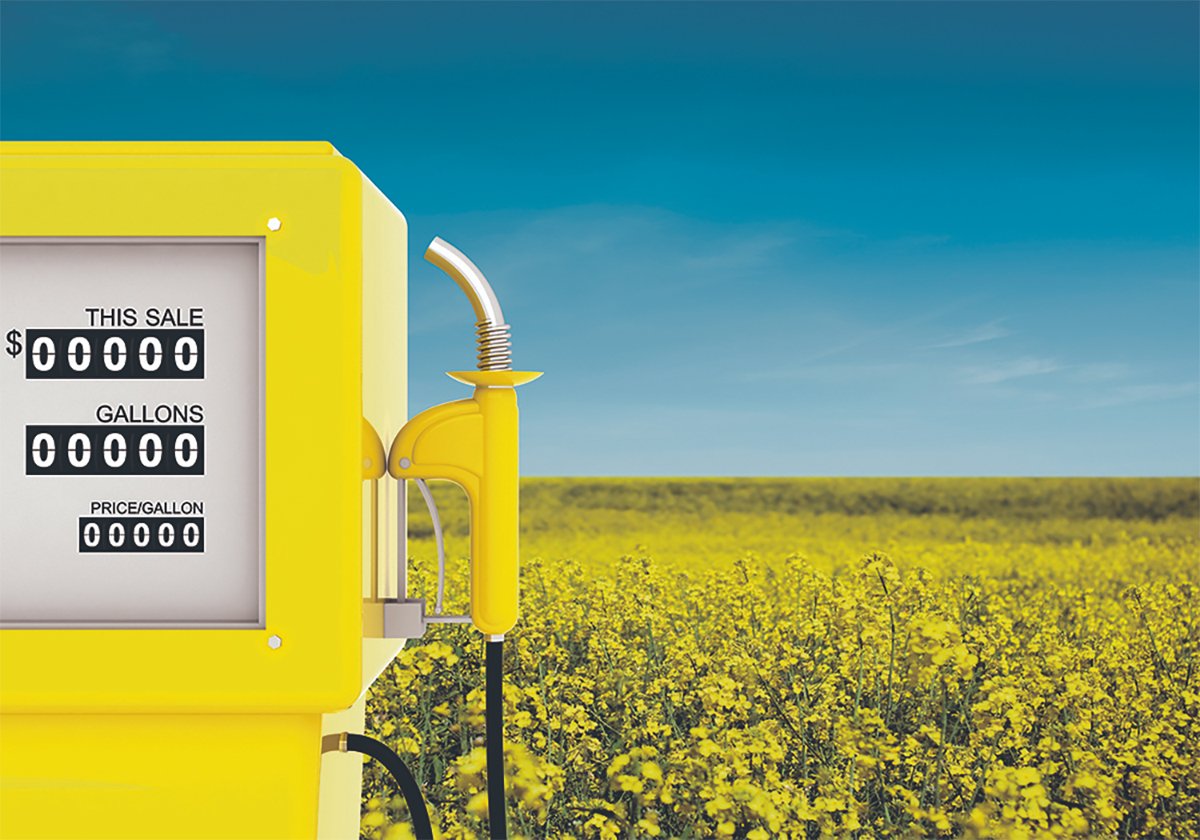While modest advances were posted recently for biodiesel development in Western Canada, much bigger happenings in the United States could have far-reaching implications for the oilseed’s market.
Archer Daniels Midland turned sod on its biodiesel plant at Velva, North Dakota, last week. In a surprise announcement, it increased the plant’s production to 322 million litres from the 190 million originally planned. This will also require expansion of its existing crushing plant at Velva.
The $30 million US plant, expected to be operational by spring 2007, will require the production from an estimated one million acres of canola.
Read Also

Biofuel sector happy with federal budget
Advanced Biofuels Canada says new Biofuel Production Incentive is a lifeline until CFR amendments are in place.
The U.S. Department of Agriculture’s March seeding intentions report showed that farmers in North Dakota planned only 830,000 acres of canola and it is the only canola production zone of note in the U.S.
The North Dakota’ Farmers Union is also looking for investors for a 120 million litre biodiesel plant.
Canola based biodiesel is a goal in other states as well. Washington state produces almost no canola and has no crushing plant, but there is lots of interest from the governor, farmers and entrepreneurs.
The Seattle Post Intelligencer reported in January that a company called Seattle Biodiesel had attracted $7.5 million US in venture capital financing, bringing total financing to $9.5 million. It wants to build a large biodiesel plant in the eastern part of the state using locally grown canola.
As plans for biodiesel plants are announced, they usually note that the plant could run on soybeans or canola. Canola oil produces a better biodiesel because it remains liquid at lower temperatures than soybeans and has higher oil content.
The most obvious benefit of these U.S. biodiesel developments is increased market opportunities for Canadian canola. But there is potential for biodiesel to push canola farther up the crop hierarchy, probably not into the ranks of mega area crops like corn and soybeans, but certainly raise its prominence. And that will have implications for Canadian growers.
If biodiesel demand sparks millions of acres of canola, moving it from its current U.S. status of a niche crop to a widely grown oilseed, some of the production will also find its way into traditional food markets.
So the U.S. would become a bigger competitor to Canada, but more production would likely attract demand as buyers become more comfortable that they will be assured supply.
More U.S. acres of canola means more U.S. researchers with more funding working on varietal development and new end uses for the oil and meal.
If a U.S. canola industry were successfully established, it probably wouldn’t be long before producers there were lobbying their government to negotiate the end of tariff disparities between canola and soybeans. China’s tariff on soybeans is three percent, but nine percent on canola seed.
This would help canola’s trade prospects immeasurably.
The bottom line is canola biodiesel could create another competitor looking for a slice of the pie, but also a much bigger pie.














